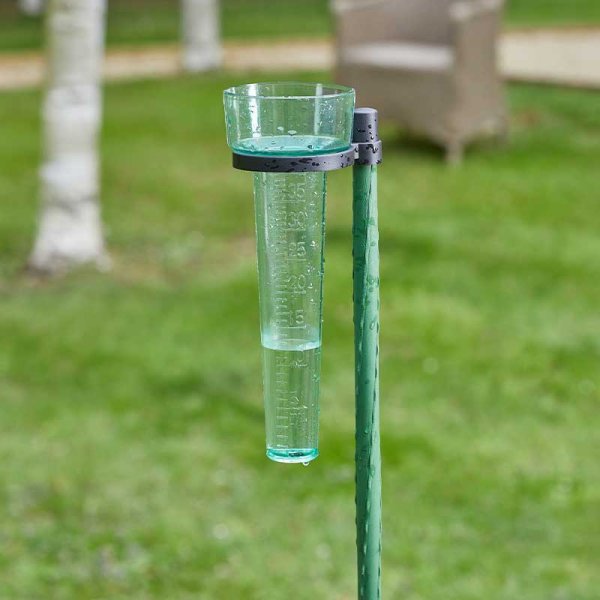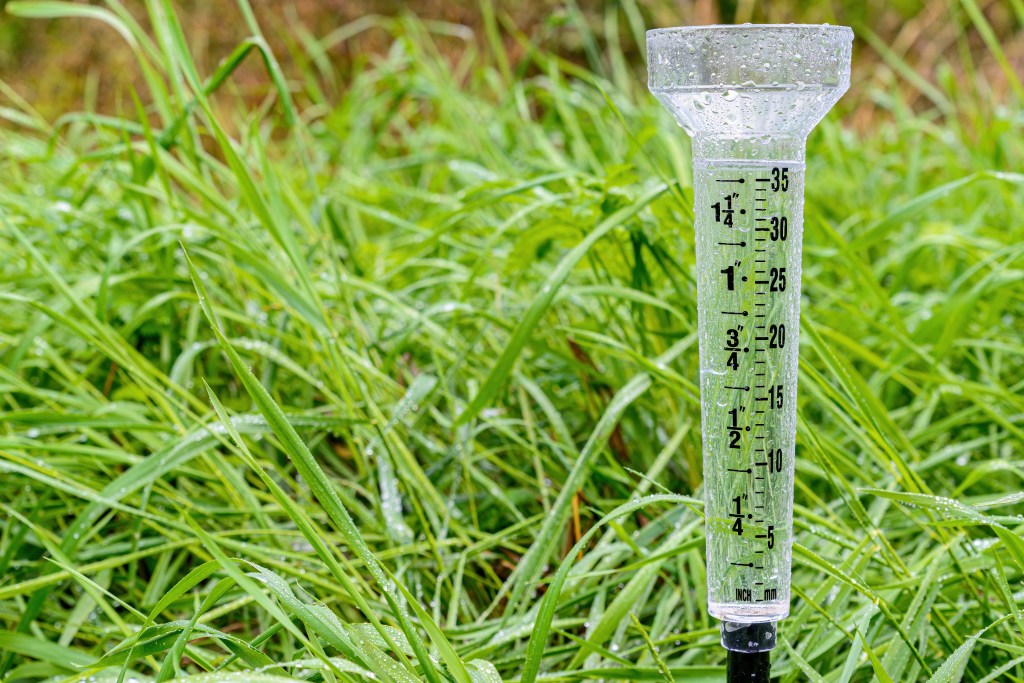Innovative Styles in Rain Gauges: What Makes Them Stand apart
Innovative Styles in Rain Gauges: What Makes Them Stand apart
Blog Article
Unveiling the Science Behind Rainfall Assesses: Just How These Gadgets Play an Important Duty in Climate Research Study and Ecological Tracking
Rainfall gauges, seemingly basic devices, hold an extensive relevance in the realm of environment research study and environmental monitoring. As we peel off back the layers of this scientific veil surrounding rain evaluates, we uncover a world where precision, data precision, and precise monitoring converge to introduce a much deeper understanding of our transforming climate and its influence on the earth.
Importance of Rainfall Scales
Rainfall determines play an indispensable duty in tracking and determining rainfall degrees, supplying essential information for environment research and evaluation. These tools are essential in measuring the quantity of rains that happens in a particular area over a specific duration. By determining and accumulating rain, rainfall assesses offer useful insights right into the circulation and intensity of precipitation, assisting meteorologists, hydrologists, and climatologists in comprehending weather condition patterns and trends.
One of the essential factors why rain assesses are crucial is their capability to provide local and accurate information. Unlike satellite or radar-based dimensions, which offer more comprehensive observations, rain determines offer exact information certain to the area where they are put. This local information is essential for numerous applications, including flooding forecasting, drought monitoring, and water source administration. Furthermore, long-lasting data accumulated from rainfall determines helps in examining climate modification effects and patterns, adding significantly to clinical research and decision-making processes. In essence, rainfall assesses function as essential devices in the area of weather forecasting and environmental scientific research, playing a crucial role beforehand our understanding of weather and environment dynamics.
Kinds of Rainfall Gauges

Performance and Procedure
In the realm of climate research study and meteorological research studies, the performance of rain gauges hinge on their intricate functionality and accurate operational systems. Rain evaluates are created to properly gauge the amount of rainfall that falls over a certain location during explanation a set duration. These tools commonly include a funnel that collects rain and networks it right into a determining tube. The determining tube is marked with adjusted measurements that enable the exact quantification of rains.
The functionality of rainfall gauges is based on the principle of gauging and accumulating rain in a standard fashion. This collected data is essential for recognizing local weather condition patterns, tracking long-lasting environment trends, and assessing ecological effects. To make certain accurate dimensions, rain evaluates need to be purposefully put in open locations far from obstructions such as structures or trees that might disrupt the collection process.
The functional facet of rainfall gauges includes regular maintenance to stop debris buildup, calibration checks to keep measurement precision, and information tape-recording for evaluation (rain gauge). On the whole, the capability and procedure of rain evaluates are necessary for collecting reputable precipitation data crucial to climate research and environmental monitoring
Duty in Climate Research Study
Given the essential relevance of exact rainfall measurements in understanding weather patterns and environmental impacts, the duty of rain evaluates in environment research is important. Rainfall evaluates offer necessary information for environment study by measuring the amount of precipitation that tips over a certain location during an offered duration. This information is crucial for keeping track of lasting fads in rainfall patterns, analyzing the influence of climate modification on rains distribution, and improving environment models.

Environment researchers make use of data accumulated from rain gauges to assess variations in precipitation degrees, identify local climate patterns, and assess the performance of water resource administration techniques. By contrasting historic rainfall information with existing dimensions, researchers can find shifts in rainfall patterns, such learn the facts here now as changes in the regularity or intensity of rainfall occasions. This information is crucial for understanding exactly how environment modification is affecting rainfall dynamics and can assist policymakers make informed decisions regarding adaptation and reduction techniques.
Applications in Ecological Tracking

In flooding projecting, rainfall gauge data aids to track rains intensity and circulation, allowing authorities to provide prompt cautions and take required actions to minimize flood dangers (rain gauge). Dry spell tracking counts on rain gauge information to assess wetness degrees in the dirt and track rainfall deficiencies, helping in the recognition of drought-prone areas and the application of dry spell action approaches
Additionally, rainfall gauge information plays a crucial role in water source administration by offering details on water accessibility and usage fads. In addition, in agriculture, rain scale data helps farmers in optimizing irrigation timetables, crop option, and total ranch monitoring techniques based on local precipitation patterns.
Conclusion
Finally, rain evaluates are necessary devices for gauging rainfall, giving beneficial information for environment study and ecological surveillance. With various types and functionalities, rain gauges play an essential function in comprehending rainfall patterns and their influence on the setting. By properly measuring rainfall, these gadgets add to the development of clinical expertise and aid in making educated decisions pertaining to water source monitoring and disaster readiness.
Rainfall gauges play address an important role in monitoring and determining precipitation levels, offering vital information for environment study and evaluation. The common rain gauge, recognized as the "tipping pail" gauge, is one of the most frequently used tools. Ultrasonic rain evaluates use audio waves to discover the presence of rain, giving real-time data on rainfall degrees.Climate researchers make use of information collected from rainfall gauges to evaluate variants in rainfall degrees, recognize regional climate patterns, and review the performance of water source management methods.In final thought, rain evaluates are vital tools for measuring precipitation, giving important information for climate research study and environmental monitoring.
Report this page